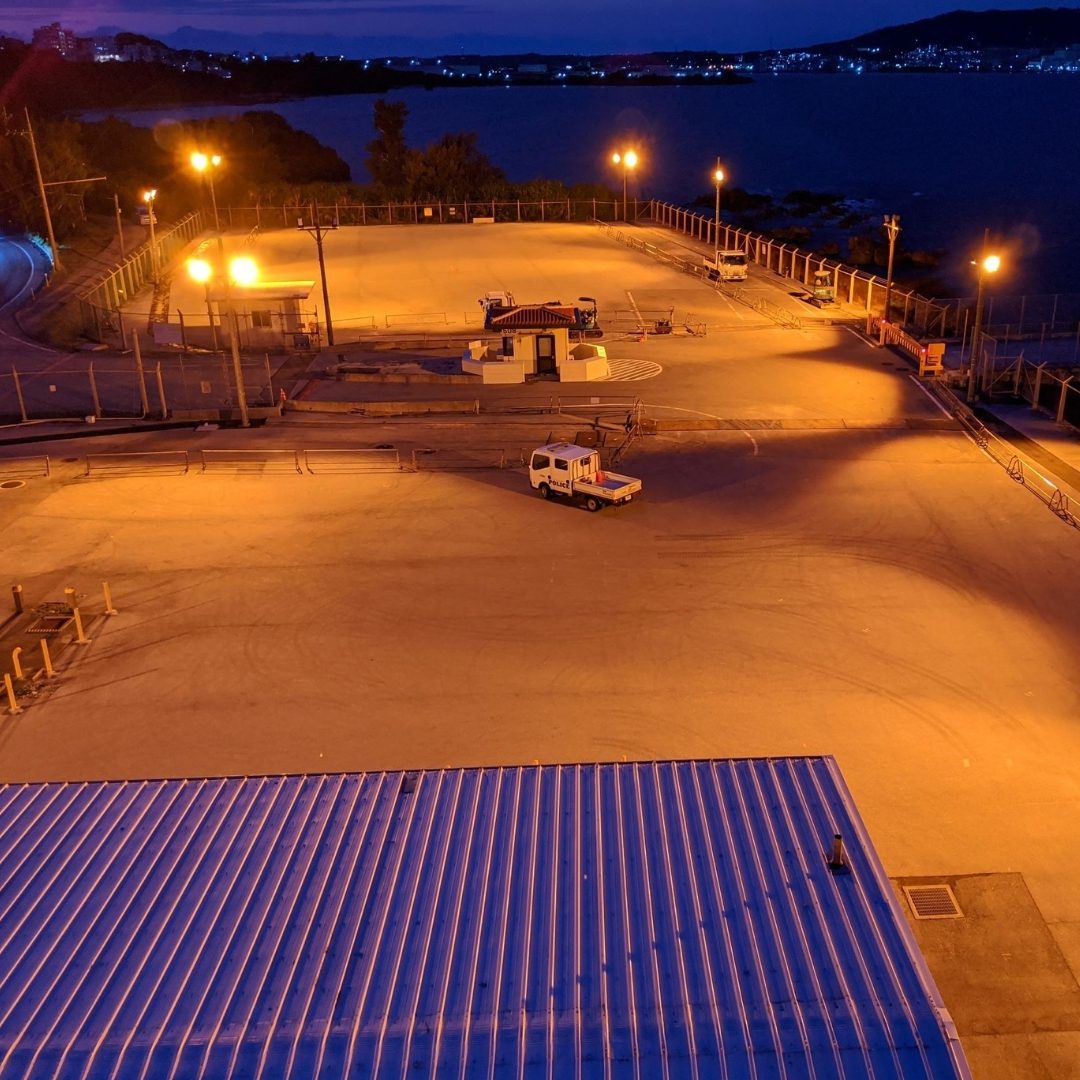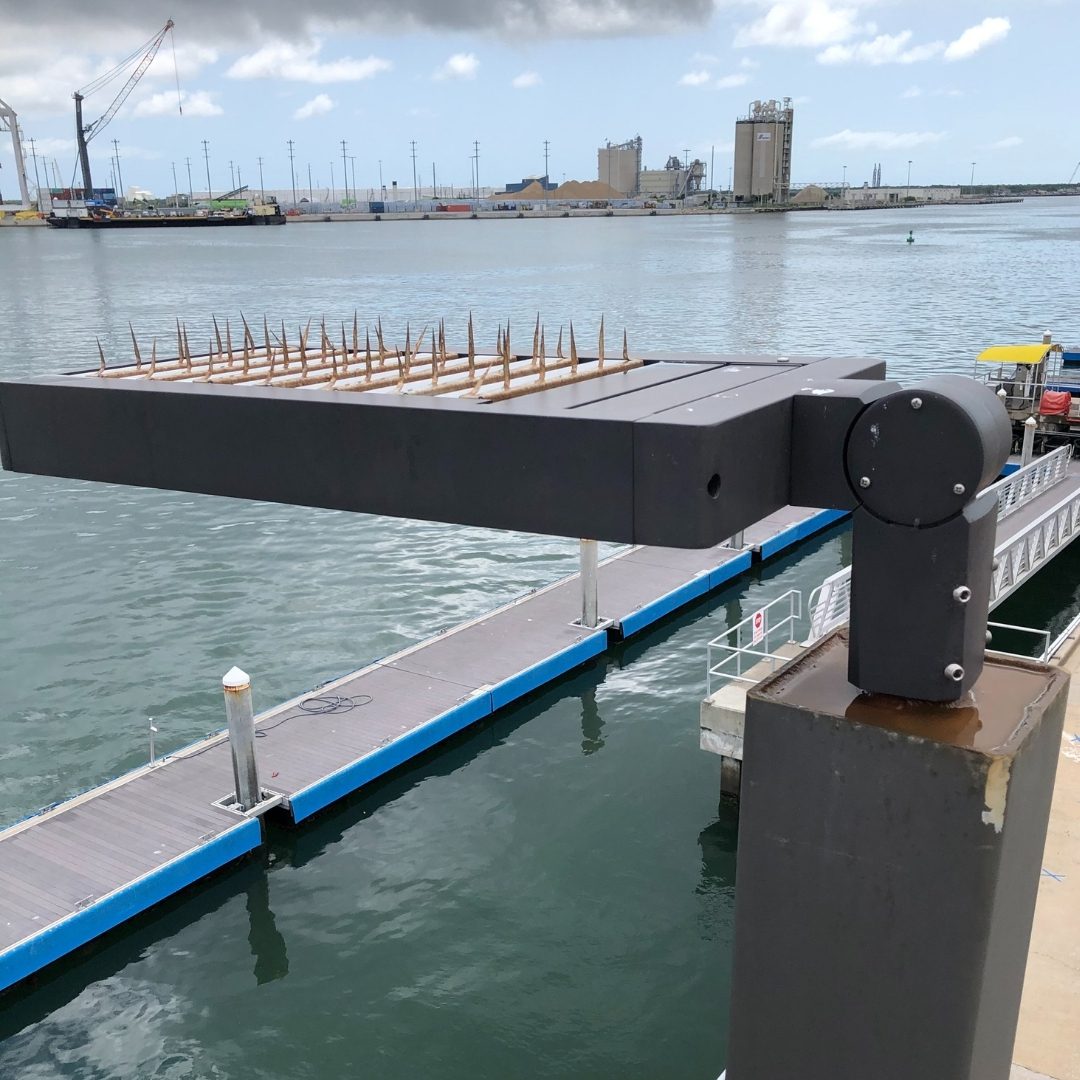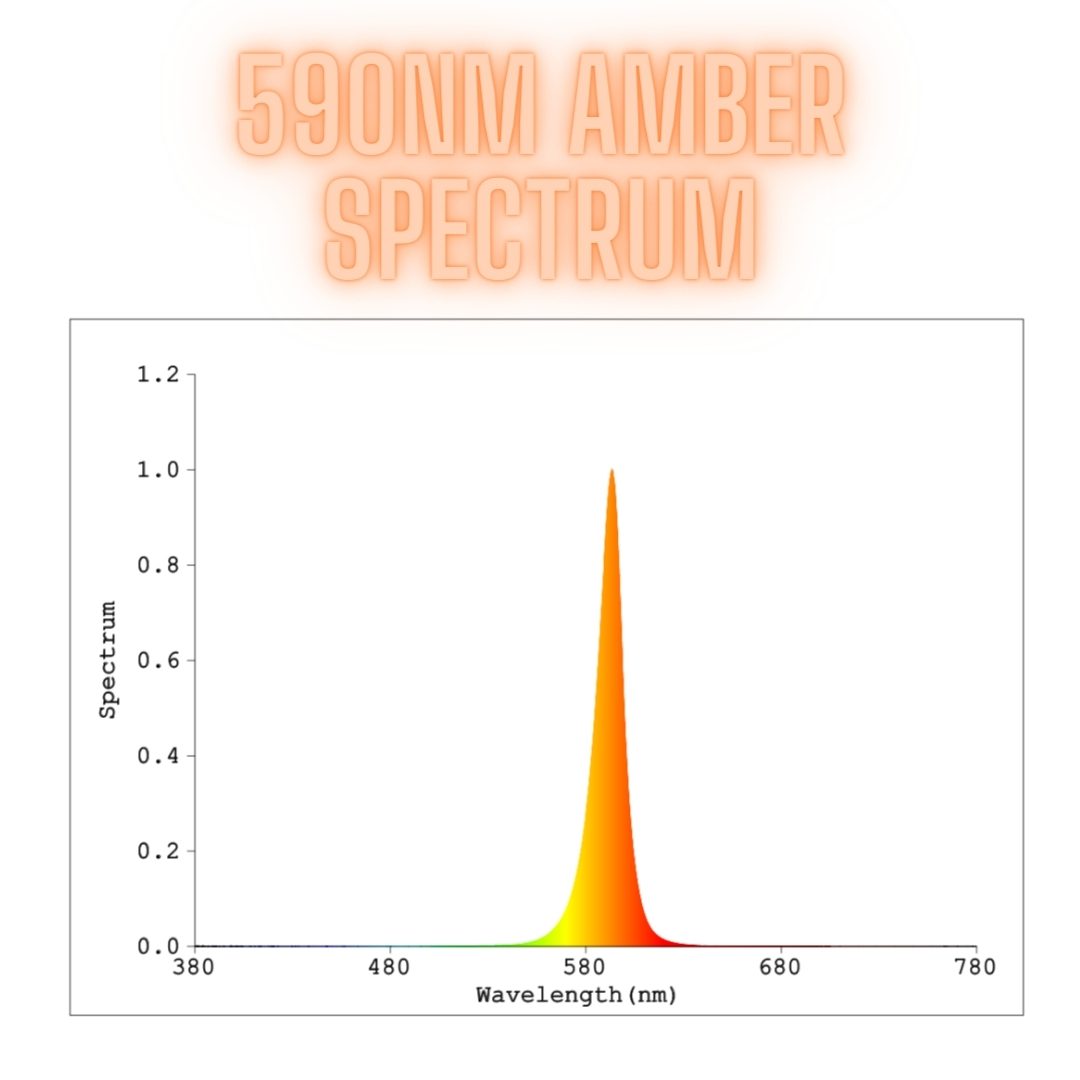A customer recently contacted our team seeking expert advice from one of our lighting specialists for an environmentally-conscious lighting solution. They needed fixtures that comply with outdoor dark sky lighting regulations for a setting in Flagstaff, Arizona—a city known for its strict light pollution laws to preserve the quality of its starry nights. The primary concern for the customer was to find appropriate egress lighting that would ensure safety without contributing to skyglow or glare. They were exploring various fixtures that could be implemented in such a scenario, weighing options that would blend efficacy with aesthetic appeal while adhering to the local dark sky ordinances. The consultation aimed to guide them through the selection process, ensuring that the lighting solution would meet their functional needs and environmental responsibilities.
Key Takeaways
-
-
Precision in Lighting Specifications: Flagstaff’s dark sky compliance is enforced through strict regulations requiring 590nm amber LEDs and full cutoff fixtures. This precision minimizes light pollution and glare, crucial for protecting the clarity of the night sky in a city known for astronomical research.
-
Focus on Education and Compliance: Flagstaff emphasizes educating its community about the benefits and technical aspects of dark sky friendly lighting. By clarifying the differences between lighting technologies and showcasing compliant products, the city fosters a deeper understanding and engagement in its environmental goals.
-
Balancing Aesthetics and Environment: Flagstaff aligns aesthetic preferences with environmental and regulatory needs by recommending specific lighting fixtures that satisfy safety, beauty, and compliance. This approach supports the city’s aesthetic appeal and commitment to environmental stewardship.
-
Preserving the Night Sky: Flagstaff’s Commitment to Dark Sky Compliance
Flagstaff, Arizona, holds a distinguished place in the field of astronomy as the location of two premier observatories: the historic Lowell Observatory and the US Naval Observatory Flagstaff Station. These institutions are equipped with some of the most advanced telescopes and observational equipment in the United States, designed to delve into the intricacies of celestial bodies, stars, and planetary systems. Given the precision required for such observations, the presence of these observatories necessitates stringent measures to combat light pollution. Consequently, Flagstaff, like many other cities hosting similar astronomical research facilities, has implemented rigorous dark sky exterior lighting regulations. These regulations are designed to minimize artificial light spillage that could impair telescopic observations. By controlling light pollution, these policies not only facilitate the scientific work of astronomers but also preserve the natural beauty of the night sky, making it possible for both locals and visitors to enjoy vivid stargazing experiences. This approach underscores the community’s commitment to supporting both scientific endeavors and environmental stewardship.

Flagstaff’s Lighting Standards: Wavelength and Direction for Dark Sky Compliance
Flagstaff, Arizona, is renowned for its stringent outdoor lighting regulations, essential for protecting the clarity of the night sky due to the city’s significant astronomical observatories. Any outdoor lighting installed within the city limits must adhere to specific criteria to minimize light pollution. One key requirement is that the light emitted must fall within a narrow wavelength band, specifically between 585 and 595 nanometers, often resulting in a 590nm amber hue. This particular wavelength is less likely to scatter and contributes minimally to sky glow.
Additionally, all outdoor fixtures must be full cutoff. This design specification ensures that the light is directed downward, towards the ground, rather than escaping upwards or outwards where it could contribute to glare and sky pollution. Full cutoff fixtures are crucial in maintaining a dark environment conducive to both astronomical activities and the natural nocturnal habitat.
The accompanying photo illustrates a lighting fixture that meets only one of these stringent requirements. It emits light at the correct 590nm amber wavelength, thus adhering to the spectral regulation but falls short in its design; it is not full cutoff. This means that while the wavelength is appropriate, its construction allows some light to escape upwards or sideways, which is not ideal for Flagstaff’s dark sky goals.

On the other hand, the image of the gray APTA sports light fixture, equipped with bird spikes and situated to the right of this text, serves as a model compliant with both regulations. It emits light at the 590nm amber wavelength and features a full cutoff design, ensuring the light is angled parallel to the ground. Such fixtures are particularly beneficial in scenarios where both light pollution and environmental impact are a concern, such as projects near oceans or other sensitive habitats, where controlling artificial light spill is crucial to preserve the natural environment and the clarity of the night sky.
Flagstaff AZ Requires Full Cutoff Light Fixtures with 590nm Amber LEDs
When selecting outdoor dark sky light fixtures for projects in regions with strict light pollution regulations like Flagstaff, it’s crucial to understand the differences between various lighting technologies such as PC amber and 590nm amber. Our customer, keen to comply with Flagstaff’s dark sky requirements, inquired about the suitability of PC amber for their lighting project.
PC Amber in LED Lighting
PC amber, or phosphor-converted amber, is a term associated with LED lighting. It emerged as an alternative to low-pressure sodium lights, which are no longer in production. The PC amber LED emits light across a spectrum that includes certain green and deep red wavelengths, as shown on the PC amber spectrum chart. Although PC amber produces a warm amber glow that visually resembles 590nm amber, there are critical differences important for dark sky compliance.
590nm Amber for Dark Sky Lighting
On a spectral chart, 590nm amber displays an extremely narrow band of light exactly at 590 nanometers. This precision is necessary for meeting the stringent requirements of dark sky exterior lighting policies in Flagstaff, where light pollution must be minimized to protect the night sky’s clarity. In contrast, PC amber’s broader spectrum, ranging from approximately 513 to 700 nanometers, fails to comply with these specific regulations.
Implementing Effective Dark Sky Lighting Solutions
To ensure adherence to Flagstaff’s dark sky ordinances, the customer was advised to use outdoor lighting fixtures that emit light at 590nm and feature a full cutoff design. Full cutoff fixtures are essential in dark sky exterior lighting as they prevent light from spilling upwards or outwards, thereby reducing skyglow and glare. For this project, we recommended the APTA LED wall lantern fixtures with a bracket mount, which meet these criteria. These fixtures are available in various optics, colors, and wattages, providing the customer with versatile options that adhere to dark sky lighting standards while fulfilling their project needs. With various mounting options, this fixture is suitable for a high outdoor ceiling application.
This guidance helped our customer understand the importance of choosing the right fixtures for dark sky exterior lighting to ensure both regulatory compliance and effective illumination.
Learn how an AZ backyard basketball court was illuminated with dark sky lighting.


Conclusion
The pursuit of dark sky compliant LED outdoor lighting solutions in Flagstaff is not just about meeting regulatory requirements—it is about preserving the natural nocturnal environment and enhancing the quality of astronomical research. By opting for 590nm amber outdoor lighting fixtures that also feature full cutoff designs, our customers can ensure that their lighting projects contribute positively to these goals. This careful selection process, guided by expert advice from our lighting specialists, ensures that each installation maximizes safety and aesthetic appeal while minimizing light pollution. Through such dedicated efforts, Flagstaff continues to lead by example, showing how communities can balance human needs with environmental stewardship and scientific discovery. This project not only meets the stringent demands of Flagstaff’s dark sky ordinances but also sets a standard for responsible lighting practices nationwide.
Check out this case study about dark sky lighting in Flagstaff.
Frequently Asked Questions About Dark Sky Outdoor Lighting
1. What is dark sky outdoor lighting? Dark sky outdoor lighting refers to lighting solutions designed to minimize light pollution and skyglow. These fixtures help preserve the natural darkness of the night sky, making them crucial in areas near astronomical observatories like those in Flagstaff, Arizona.
2. Why does Flagstaff, Arizona, have strict lighting regulations? Flagstaff is home to major observatories, including the Lowell Observatory and the US Naval Observatory Flagstaff Station. The city’s stringent lighting regulations are intended to reduce light pollution that could interfere with astronomical observations and to preserve the clarity of the night sky for both scientific research and public enjoyment.
3. What are the specific lighting requirements in Flagstaff? In Flagstaff, outdoor lighting must not only be dark sky compliant but also meet specific criteria: light must be within the 585 to 595 nanometers wavelength, typically resulting in a 590nm amber hue, and fixtures must be full cutoff to direct light downwards, and prevent glare and light spill.
4. What is the difference between PC amber and 590nm amber lighting? PC amber (phosphor-converted amber) and 590nm amber lighting differ mainly in their light spectrum. PC amber emits a broader spectrum (approximately 513 to 700 nanometers), which can include parts of the green and deep red spectrums. In contrast, 590nm amber emits a much narrower band exactly at 590 nanometers, which is essential for complying with Flagstaff’s dark sky regulations.
5. Can PC amber lighting be used for darksky approved projects in Flagstaff? No, PC amber lighting generally does not meet Flagstaff’s dark sky requirements due to its broader spectral output. Projects in Flagstaff typically require 590nm amber lighting that also features full cutoff designs to ensure compliance.
6. What type of lighting fixture is recommended for dark sky compliant projects in Flagstaff? For projects that need to comply with dark sky regulations in Flagstaff, fixtures like the APTO outdoor wall sconce are recommended. These fixtures emit 590nm amber light and are designed with full cutoff capabilities to minimize upward and outward light dispersion.
7. Are there options available for fixtures in different styles and capacities while still being dark sky compliant? Yes, fixtures are available in various optics, colors, and wattages, providing flexibility in design while ensuring adherence to dark sky lighting standards and local ordinances.
